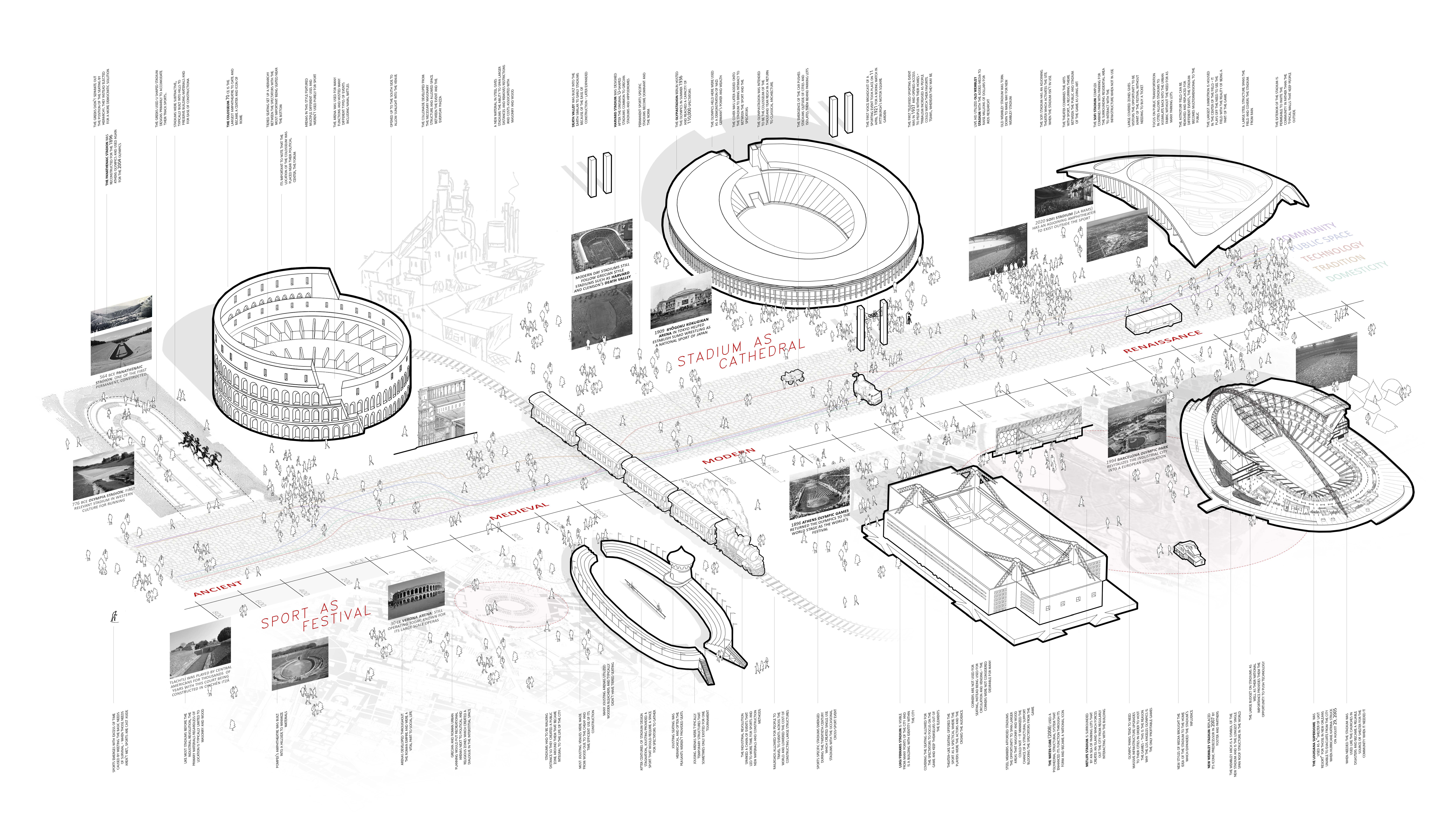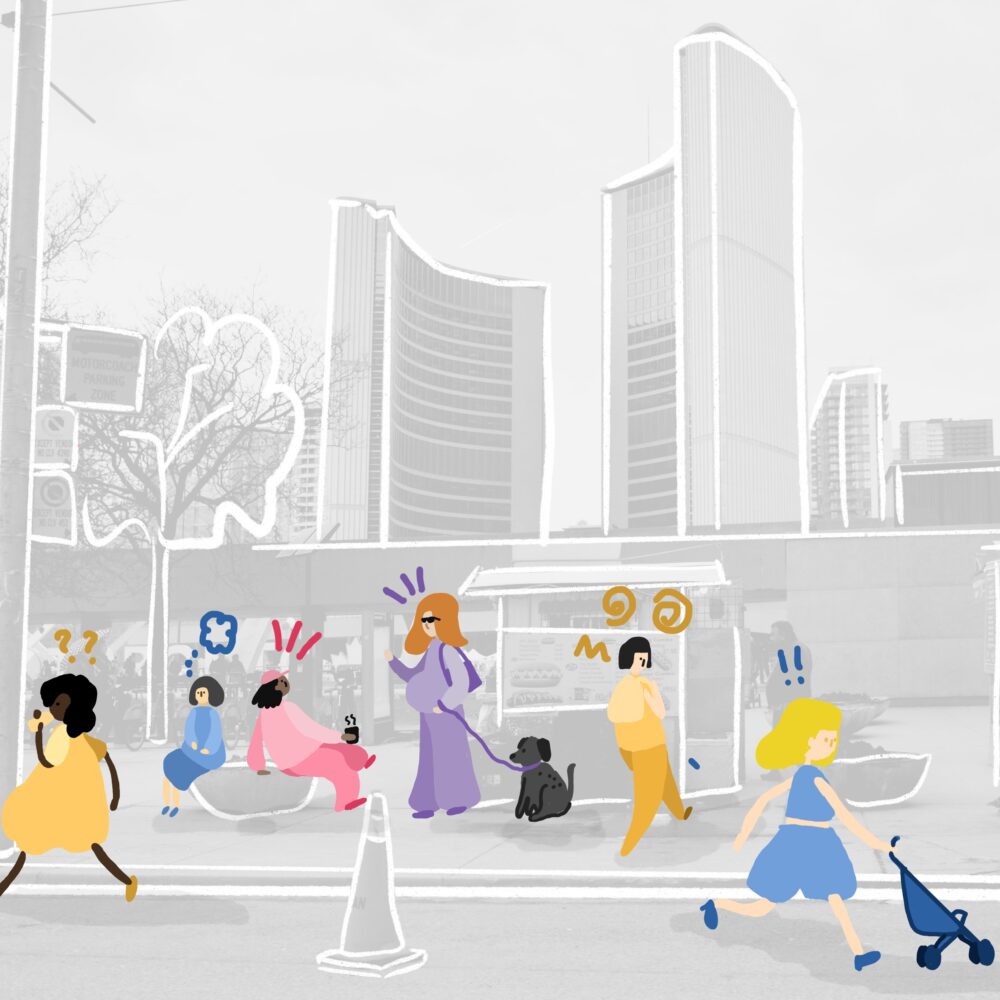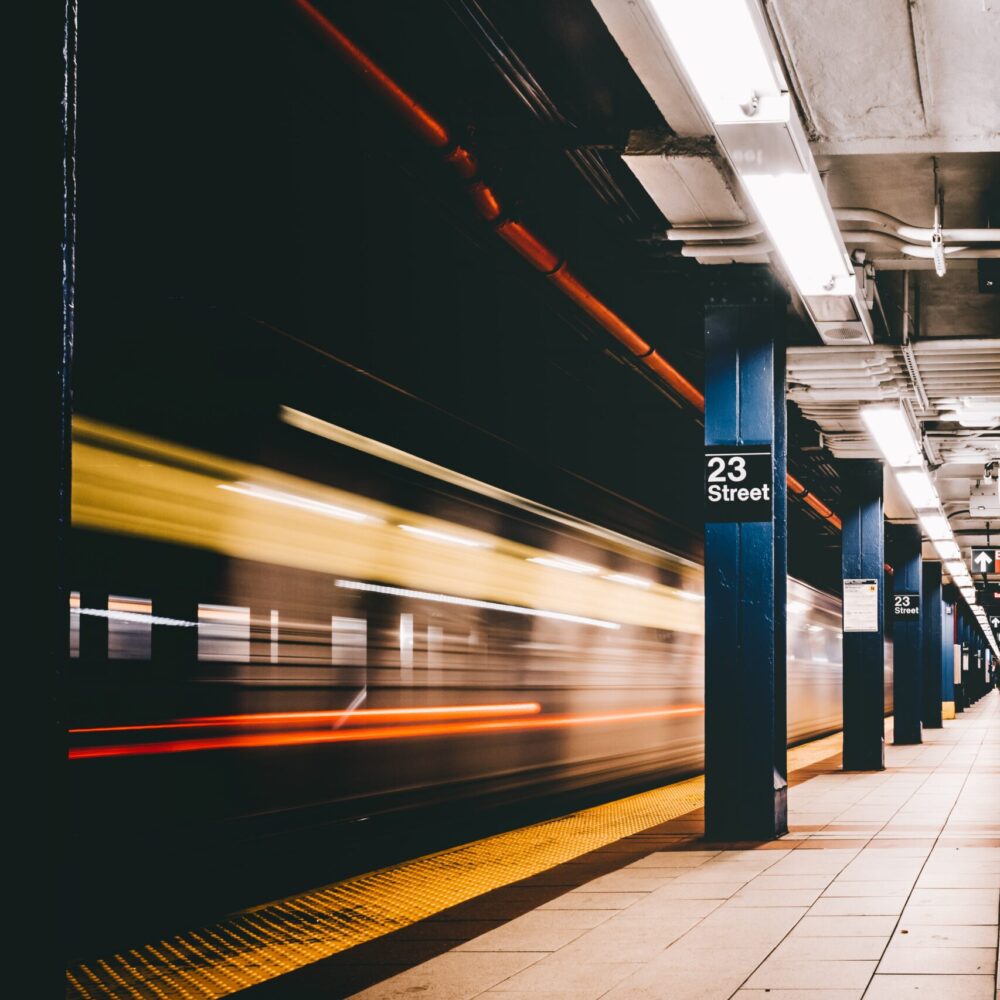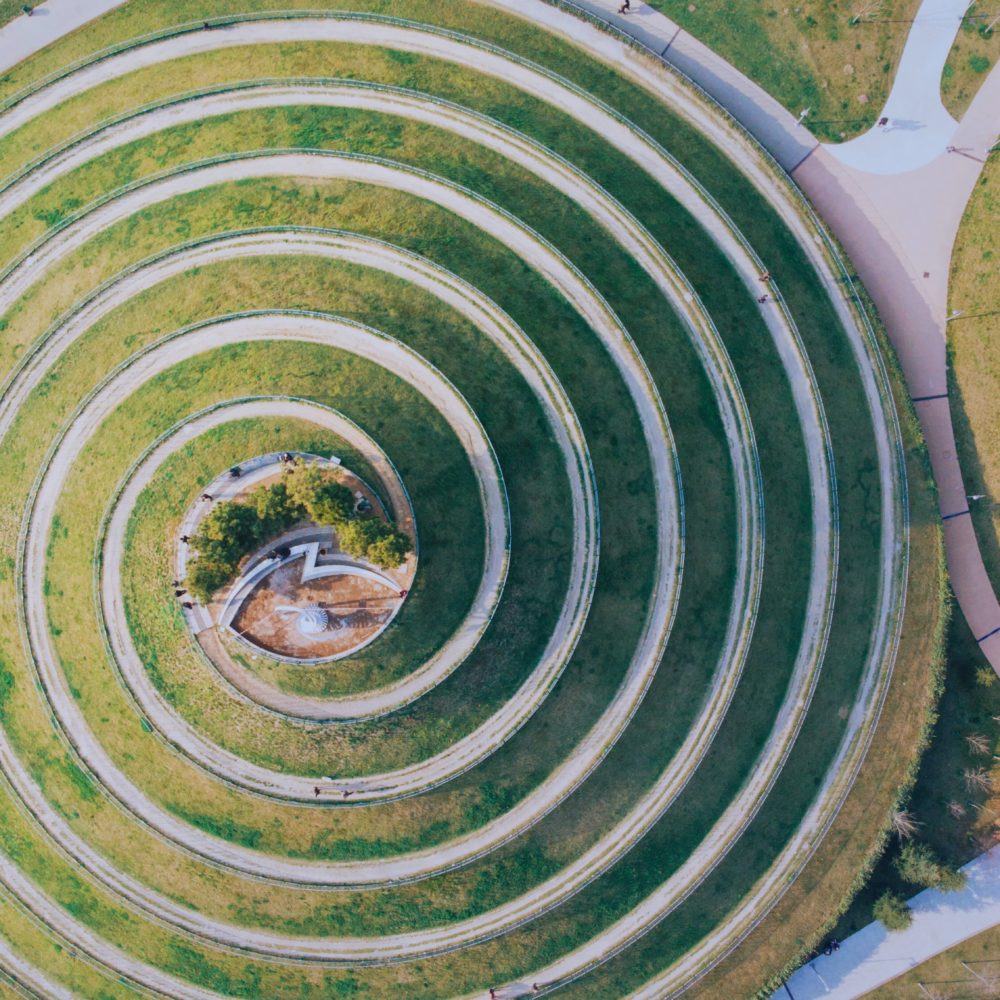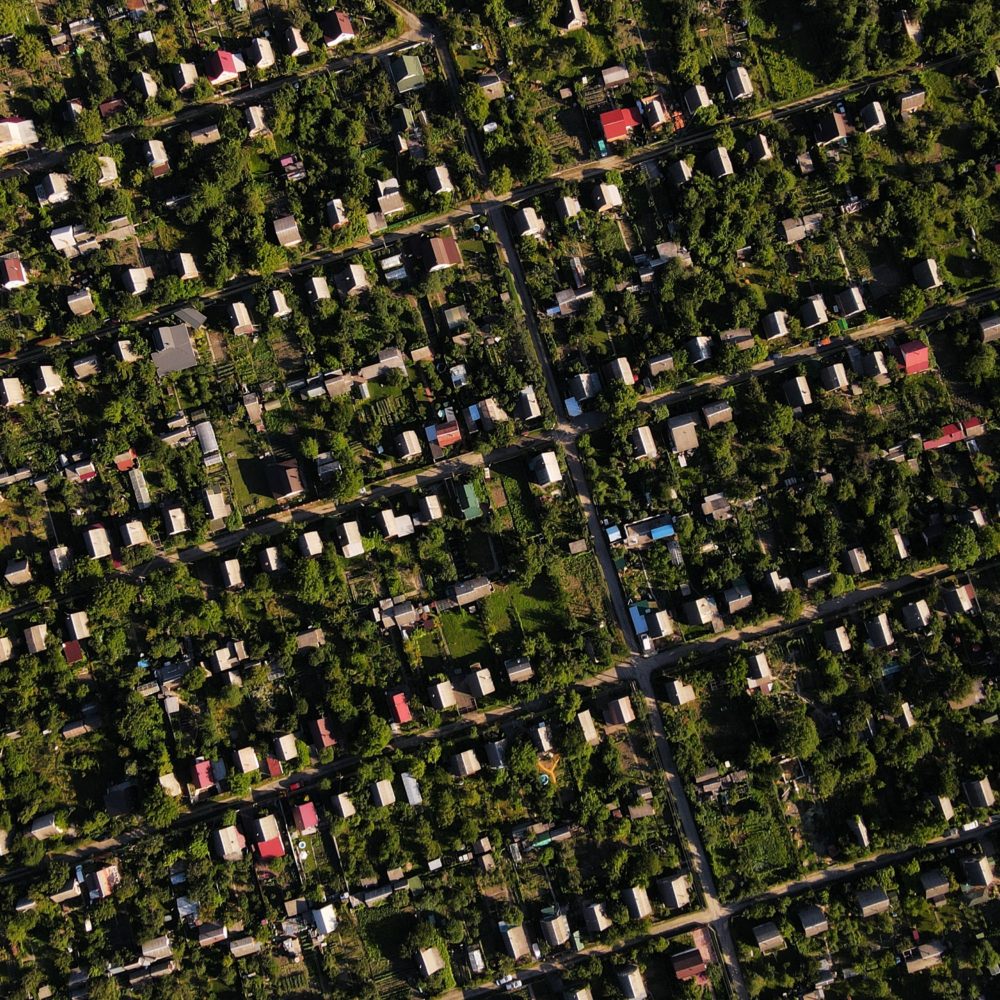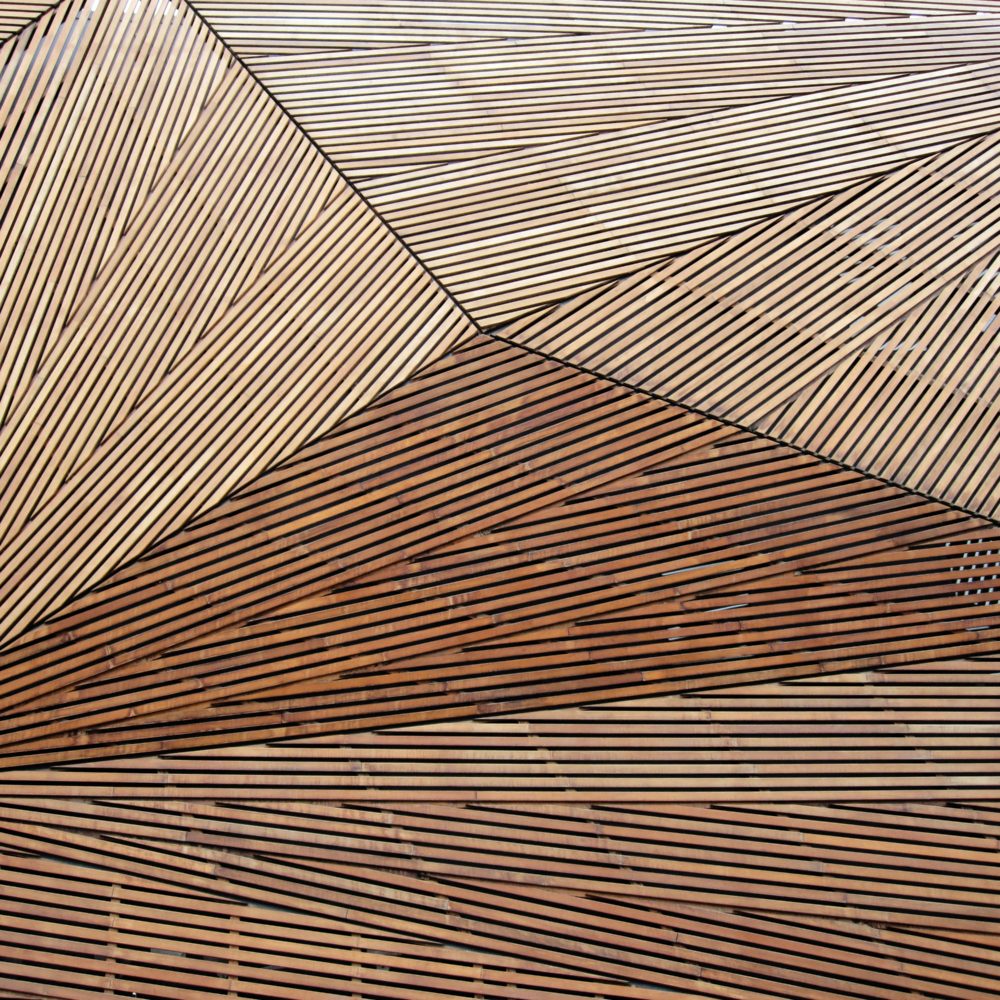Endurance Sports
fall 2022
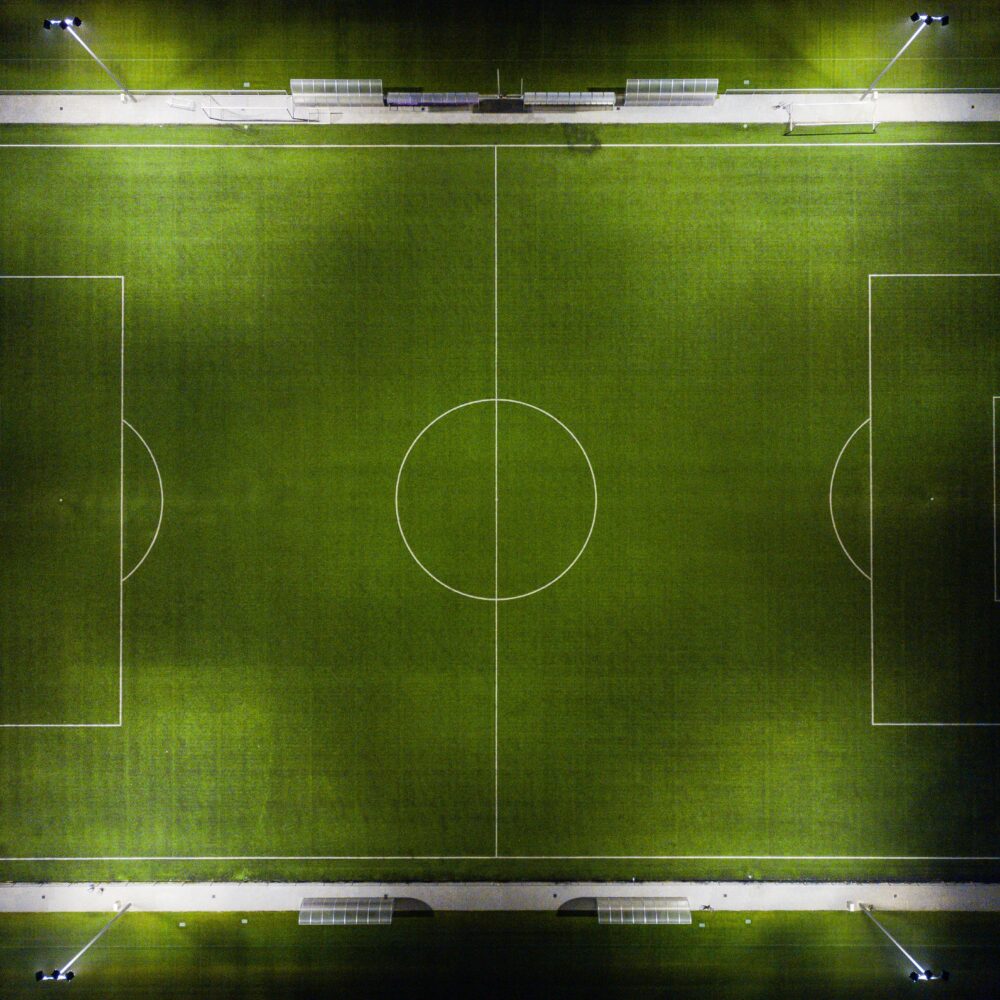
At the end of 2022, Qatar became the smallest nation to host the World Cup since 1954. Despite its small size, the country spent $6.5 billion to build seven state-of-the-art stadiums and renovate one other. Now that the big event is over and the crowds have gone home, the facilities’ futures are still unclear, though Quatar’s government promises some stadiums will be downsized or turned into residential and commercial hubs while others will be dismantled and recycled. But history shows that, without a clear vision and solid pre-planning, the process of dealing with World Cup and Olympic stadiums can be fraught with complexity.
As the fate of Qatar’s stadiums remains uncertain, and with the Women’s World Cup coming up in Australia and New Zealand, a group of young Perkins&Will designers have created a historical guide to the long-term outcomes of past large-scale stadium projects to help clients and fellow designers see the bigger picture and make better design decisions. “A lot of these venues get abandoned right after the games, but others thrive,” says designer Isamar Quinones. “So how do we build stadiums that give back to their communities instead of take away from it?”
Quinones enlisted fellow Denver-based designers Gwendoline Albright and Tate Deluccia, who were similarly passionate about the topic, to look for answers. In fact, Deluccia was once awarded a research grant from Clemson University to investigate how Olympic venues affect their communities before, during, and after the games. He happened to have lunch with Gwendoline Albright on his first day working at Perkins&Will when she invited him to join herself and Quinones in their Innovation Incubator study.
“There’s never been an unsuccessful Olympics for the three-week period that they’re happening,” says Deluccia. “But there’s nothing more unsustainable than building a billion-dollar building, using it for a month, and then maintaining it for 30 years without a clear purpose. So how can we help ensure the stadiums will remain successful years after the games are over?”
To find out, the team took a deep dive into Olympic and World Cup history to create a guide (which currently exists as a 42-page digital booklet) that shows what went right and wrong in a variety of cases. “It’s a stepping stone for designers and architects to have consolidated information about what has worked through history and inspire them to intentionally design these stadiums for an everlasting impact,” Gwendoline Albright says.
The guide offers plenty of lessons learned. For example, only one of the five newly built stadiums for the 2010 World Cup in South Africa is still in use; the rest have become a burden on taxpayers as they continually need maintenance should a business model be found to put them into use. The Cape Town stadium, however, is estimated to lose more money in a year than it would cost to demolish it. Meanwhile, the Rio Olympics in 2016 may have left the Brazilian city worse off than it was before the games. To accommodate the influx of people, the city’s harbor area was developed and metro lines were considerably shortened between districts. Without as many means to travel between neighborhoods, high-wealth and low-wealth areas became starkly juxtaposed to one another. A year after the games ended, street robberies were up 48 percent and deadly assaults by 21 percent.
The other side of the coin is the 1992 Barcelona Olympics. “The focus was on city-building,” Deluccia says. “They connected previously unconnected parts of the city, got rid of industrial zones along the waterfront, and made the beaches that Barcelona is known for today.” The Olympic Village also created about 2,000 apartments that, by the end of the games, were almost all sold. The roads designed for navigating the games have continued to ease the city’s traffic congestion.
Now, Qatar is hoping to employ the Barcelona model as a template. The country actually hopes to build a city around the Lusail stadium, including a subterranean public transportation system and housing for at least 250,000 people. Similarly, the Al Bayt stadium will be reduced to half its size to accommodate a hotel, shopping center, and sports medicine hospital. The surrounding areas are to become pedestrian-friendly walking and bike lanes and play zones for children.
The Perkins&Will team’s research highlights the importance of developing a post-event plan that helps stadiums become more sustainable and less of a liability. “What clients often don’t realize is that this is an opportunity for them to be an agent of change for the whole world,” Gwendoline Albright says. “This guide will hopefully help designers understand and communicate to the clients that together they can uplift the places that host these games and help them better serve their communities not just in the months of the game but even after.”
More Stories


